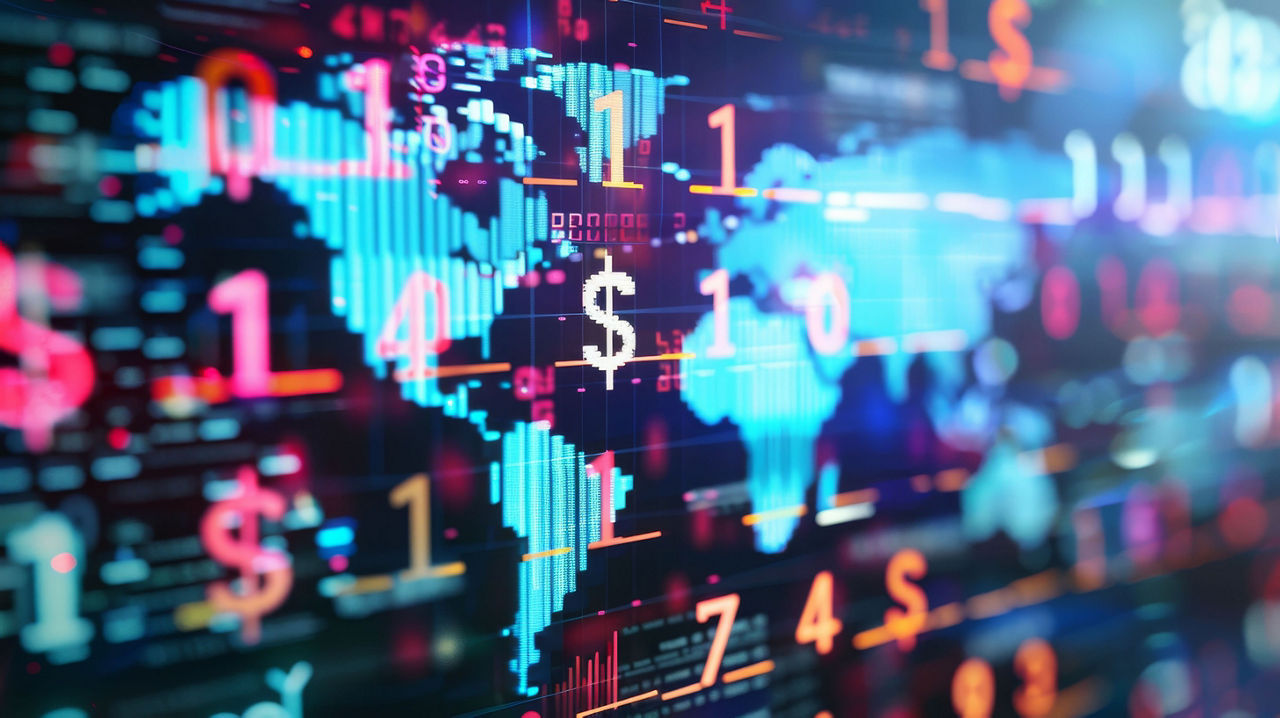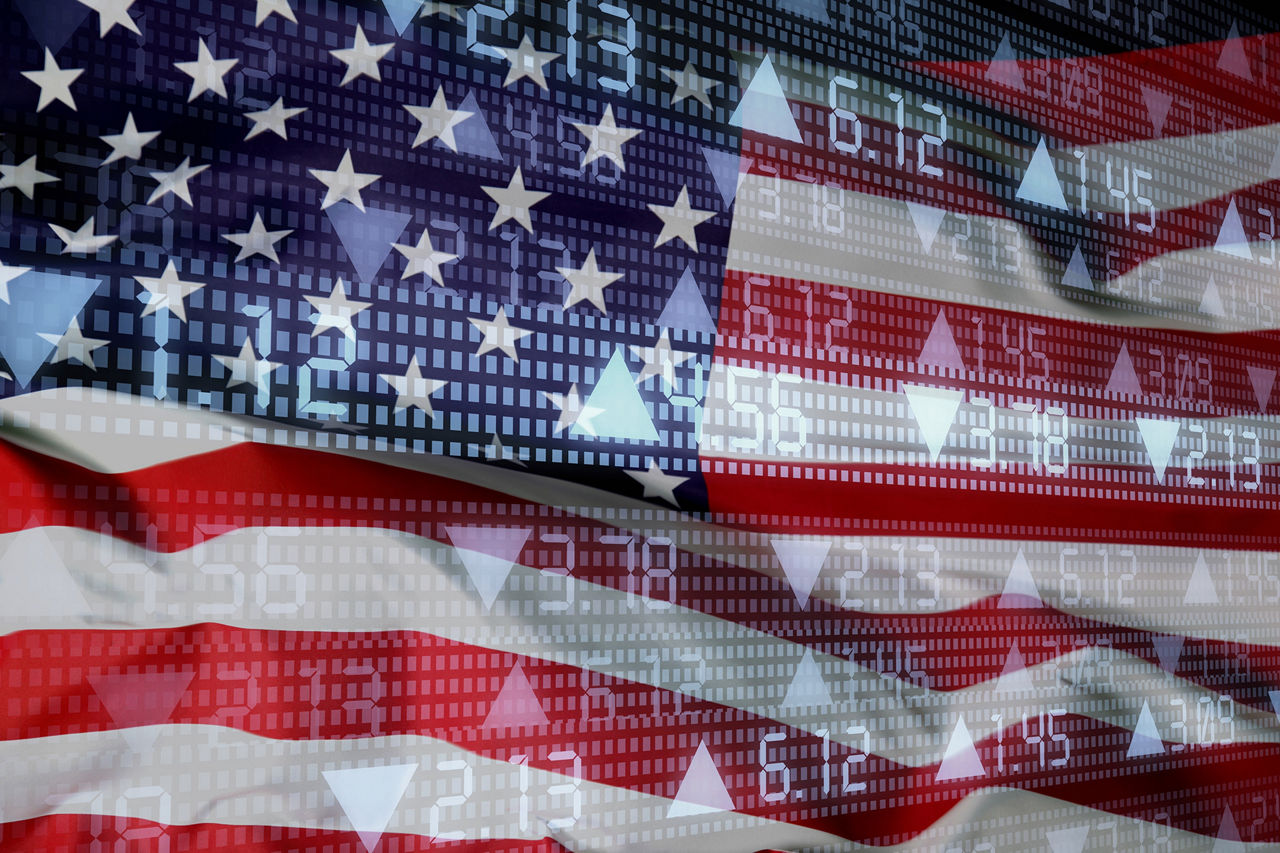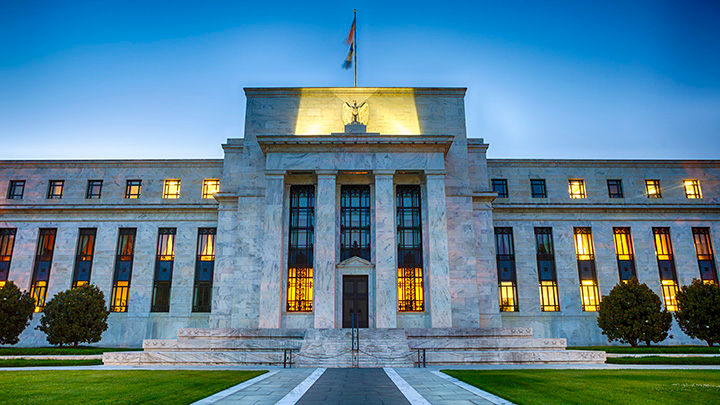A truce between the US and China gave investors and the global economy a reprieve from recent trade jitters. After a weekend summit in Switzerland, the two sides agreed to slash tariffs for 90 days and continue discussions over a longer-term trade deal, triggering a rally across global equity markets. Investors are also monitoring budget negotiations in Congress, as lawmakers work on a sweeping bill to address federal spending and taxes. Republicans in the House announced on Monday their proposal to expand the 2017 tax cuts, although changes could be made in the coming weeks. The House is said to be planning a vote by the end of next week in hopes of sending the bill to the Senate. Lawmakers aim to have a final bill on President Trump’s desk by July 4.
Fast-moving policy changes and their uncertain impact have made it challenging for market participants to get a clear reading on the direction of the global economy. Tariffs and supply-chain dislocations threaten to stoke inflation and dampen growth. By contrast, tax cuts in the US could stimulate household spending and business investment, and signs of weaker inflationary pressure in early 2025 could help repair slumping consumer sentiment. The US consumer price index rose 0.2% in April from the previous month, but inflation of 2.3% year-over-year was the lowest mark since February 2021. With the latest trade news marking another economic pivot, PGIM Fixed Income provides an update on fiscal and economic risks, the outlook for the US dollar, and implications from still-elevated interest rates in developed markets.
You may also like
-
Fears Shift from Inflation to Lackluster GrowthInvestors are gauging the prospects for monetary policy, the global economy, and US policies following next month's elections.
Read More
-
Fed Officials on Alert for Potential Inflation RisksFederal Reserve officials said this week they continue to weigh potential risks to inflation and the broader US economy.
Read More
-
Fed Stands Pat as Fight Against Inflation Drags OnThe Federal Reserve left interest rates unchanged and signaled that a recent lack of progress on the inflation front calls for borrowing costs to remain high.
Read More




